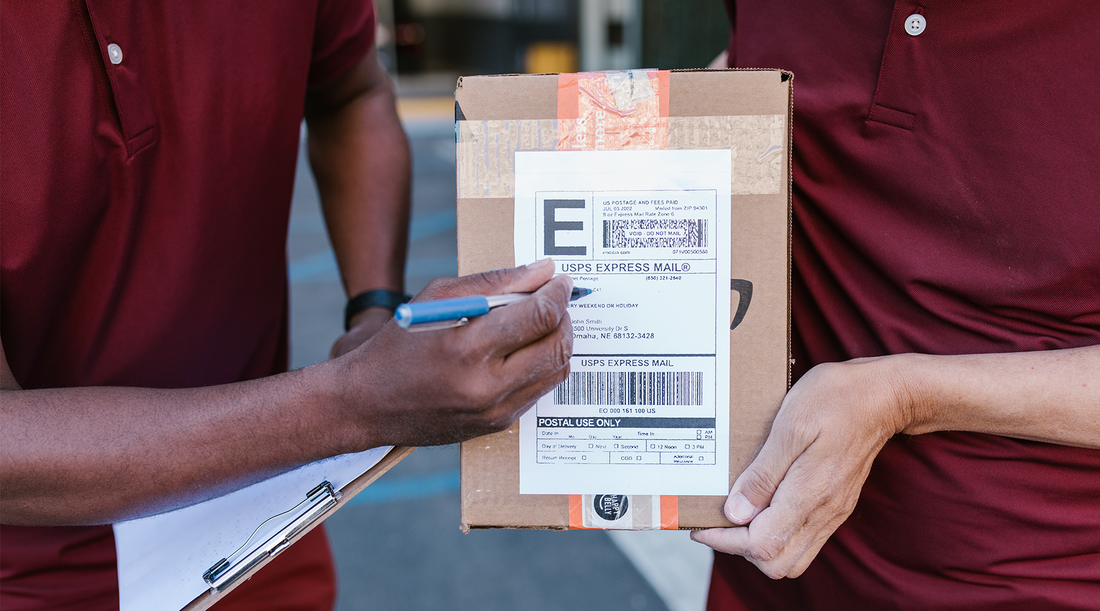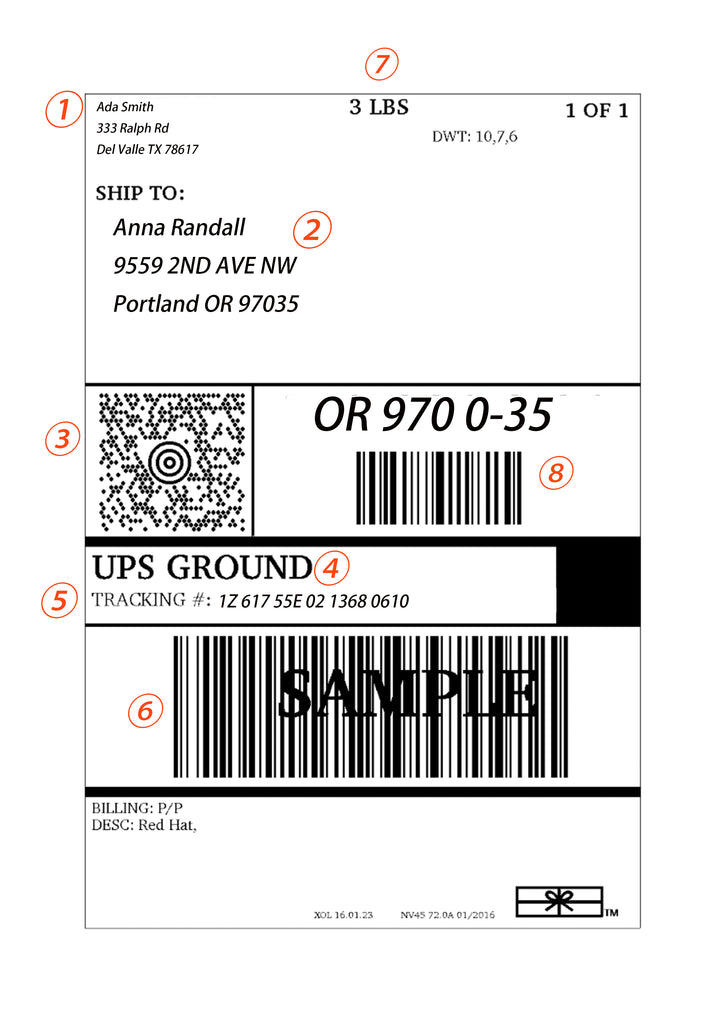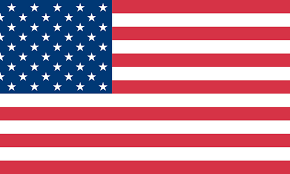What Is a Shipping Label and How to Print It?

Shipping labels have become a vital part of e-commerce, especially when it comes to fulfilling orders. If you're running an online store, then you need to know how to create shipping labels and how to use them effectively. In this article, we'll go over everything you need to know about shipping labels: what they are and why they're important for your business.
What is a shipping label?
A shipping label is a sticker that's used to identify the package and contains information about its contents. The sender puts the label on their package, which means that only they can remove it once the item has been shipped. If you're going to be shipping items in bulk, it's important that your labels have enough space for all this information so there are no mistakes when you're sending out packages. Here are different types of shipping labels:
- Address Labels: Address labels are used to provide essential information about where a package should be delivered. You'll typically include details such as the recipient's name, street address, city, state or province, postal code. Address labels ensure your package reaches its destination accurately.
- International Shipping Labels: International shipping labels are specifically designed for packages that are being sent across borders and require customs clearance. These labels include important information in addition to the standard address details, such as the content description, value, and country of origin.
- Directional Arrow Labels: Directional arrow labels help shipping personnel understand the correct orientation of a package. They usually consist of arrows pointing in different directions (up, down, left, right) to indicate which side of the package should be facing up or which end should be opened first. These labels are especially important for items that are fragile, contain liquids, or have specific handling requirements.
- Fragile Labels: Fragile labels are used to indicate that the contents of a package are delicate or breakable. By applying these labels, you're informing handlers and carriers to exercise extra care during the shipping process.
- Hazard Labels: Hazard labels are used when shipping items that pose potential risks to the carrier, handlers, or the environment.Common examples include labels for hazardous chemicals, flammable materials, or substances that might be harmful if mishandled.
- Special Handling Labels: Special handling labels are used when a package requires unique attention or treatment during transit. This could be due to the package's size, weight, sensitivity, or any other characteristic that sets it apart from standard shipments. These labels can include instructions for how the package should be handled, stored, or delivered.
SEE ALSO: How to Make Return Address Labels in Google Docs (Step-by-step)
SEE ALSO: How to Print Shipping Labels on Etsy (A Step-by-step Guide)
Why do I need shipping labels?
Shipping labels are helpful in identifying packages, and also help keep track of the items that have been shipped out. The information on these labels is important when it comes time for customers to receive their orders because all the details are right there on one label, including information such as where the package came from and where it was delivered along with other relevant information such as return policies or warranty coverage.

What information is on a shipping label?
Before creating your own, study a sample shipping label to identify key elements such as the sender's address, recipient's address, and barcode placement. A shipping label is the most important part of your shipment. It contains all of the information that a shipper or customer needs, including:
-
Sender Information: It includes name of the sender or the company, return address, city, state, ZIP code of the sender.
- Recipient Information: It includes name of the recipient, delivery address (street address or P.O. Box), city, state, ZIP code, and phone number of the recipient
- Maxi code: It's a 2D barcode designed for quick scanning on conveyors, particularly used by UPS for tracking and shipping packages efficiently
- Service Type: It refers to the specific type of shipping service that the sender has chosen for the package. It indicates the level of service service used (e.g., Ground, Priority Mail, First-Class Mail, etc.).
- Tracking Number: It's used to track the package's journey.
- Barcode: A unique barcode that represents the tracking number, you can use Google lens to scan it.
-
Weight: The weight of the package, which helps determine postage cost.
-
The Routing code: It provides instructions on how the package should be sorted and directed at different points within the distribution network.

How to print shipping labels?
1. Choose Your Printer
If you're printing many labels regularly, you might want to invest in a thermal label printer, which is specifically designed for printing high-quality shipping labels.
First, you'll need a shipping label printer. You need to decide which kind of printer you'd like to use: thermal transfer or direct thermal. Thermal transfer printers are more expensive and require special labels. Direct thermal printers are the most widely used type of label printer in the world—and for good reason! They're affordable and produce high-quality results when used with compatible materials like vinyl labels. We've written an article about the difference between Direct Thermal and Thermal Transfer Printing here. Here are some factors to consider when choosing the printer:
- Easy to use. The printer should be easy to set up, operate and maintain.
- Affordable. Look at the cost of replacement ink cartridges, as well as the unit's cost of ownership over time.
- Reliable. You want a printer that will last for years without any problems or issues—and one you can trust when it comes time to print your labels!
- Fast printing speeds can save you time during busy days at work or on the weekend when it comes time for shipping label printing; look for models with fast speeds so you don’t have any delays in getting your packages on their way!
SEE ALSO: An Ultimate Guide to Choosing Munbyn Label Printers
2. Prepare Label Sheets or Rolls
You'll also need labels for printing. There are two main types: paper labels or themal labels. With the latter, you can print directly onto the adhesive backing. In addition to that, you can also save a lot of time of cutting and taping. If you're planning on printing onto thermal labels, we recommend choosing an industrial label printer over consumer-grade models.
The standard size for a shipping label is typically 4 inches by 6 inches. 4x6 shipping labels are commonly used because they provide enough space for all the necessary information without being too large for most package sizes. However, other common sizes include:
- 5" x 11" sheets that contain multiple labels or a single integrated label.
- 4" x 4" labels, which might be used for smaller packages.
- 6" x 3" labels, which are also quite common.
The size you choose may depend on the requirements of the carrier and the size of the package you're shipping. Always check with your specific carrier for their labeling requirements.
3. Create a Shipping Label
Use an online shipping service or carrier website (like USPS, UPS, FedEx, DHL, or others) to create a new shipment. Enter the necessary details like sender and recipient address, package weight, dimensions, and desired shipping service or speed.
You can get a shipping label in a variety of places. Here are some of the most popular options:
- Online: If you don’t want to take the time and effort to create your own shipping labels, you can purchase them from a third party. Many online retailers will sell custom-made shipping labels for their products. These labels come in a variety of shapes and sizes so that they can be used with different types of packages. What's the best part? They are much cheaper than what you can get from local stores.
- At a shipping company or store: You may have an account with the U.S. Postal Service or another shipping company that allows you to order labels there directly through them. They will usually offer other services such as packing materials, packaging supplies and more!
- At a printer supply store: Local stores often carry mailing items like envelopes and labels for sale off-the-shelf so customers can take advantage of their convenience without having to wait for delivery times from online retailers.
4. Print the Label
Once you've purchased your label, the shipping service should provide a PDF or similar file of the label. Open the file and review the print preview to ensure all details are correct and that the label fits within the printable area. Here are various ways to print shipping labels:
- Carrier's Platforms: This is like printing labels straight from the source. When you use a carrier's platform (like UPS, FedEx, USPS, etc.), they offer tools that let you create and print shipping labels directly from their website or application. You enter the shipping details, choose the service level you want, and bam, you get a label ready to slap on your package. It's quick and convenient, especially if you're loyal to a specific carrier.
- Shipping Software: Shipping software is like a one-stop-shop for all your label needs, such as ShipStation and Stamps.com. It often integrates with multiple carriers, so you can compare rates and services. You input the shipping info once, and the software generates labels for you.
- E-commerce Platforms: If you're running an online store on platforms like Shopify or Etsy, they often offer label printing right from your seller dashboard. When an order comes in, you can create and print the shipping label without leaving the platform. It's a neat way to manage your orders and labels all in one place, especially if you're selling stuff online.
SEE ALSO: Cheapest Ways to Print Shipping Labels as a Small Business
5. Attach and Secure the Label
When applying a paper label without adhesive to your package, affix it securely with glue. Ensure it is applied smoothly without any wrinkles or air bubbles. For added security, you may need to tape over the label with transparent shipping tape to protect it from moisture and wear.

If you're printing with a thermal label printer, the labels are generally self-adhesive; simply peel them off and affix them to your package. Be mindful to position the label on the largest side of the parcel and avoid placing it over any seams or edges.
Remember to always double-check the information on the shipping label before printing to avoid any mistakes that could delay your shipment. If you need to edit a label after purchasing, you’ll usually have to void the label within a certain time frame and purchase a new one.
6. Drop Off or Schedule a Pickup
Once your label is securely attached, you're ready to ship the package using the method you find most convenient, whether it's dropping it off at a carrier location, placing it in a drop box, or scheduling a pickup.
Remember to check your carrier's latest pickup times and deadlines for same-day shipping. These services provide convenience and can save you a trip, especially if you're managing multiple shipments or handling larger items.
FAQs
1. How much does a shipping label cost?
There is no fee for creating the label, especially when you utilize blank thermal labels and your own printer to generate shipping labels, but the only cost of the label is the carrier's shipping charge.
The postage fees vary depending on several factors, including the carrier (such as USPS, FedEx, UPS, etc.), the service level (e.g., standard, express, overnight), package weight, dimensions, and the distance it needs to travel.
Additionally, if you're buying postage through an online service or a postage meter, you might get discounted rates compared to retail pricing. It is advisable to compare rates across different carriers to find the most cost-effective option for your needs.
SEE ALSO: What's the difference between UPS and USPS?
2. Can a shipping labelbe handwritten?
Yes, a shipping label can be handwritten, but you must ensure that the address and any other necessary information are written clearly and legibly without any error.
Keep in mind that while handwritten labels are acceptable, printed labels with barcodes tend to expedite the shipping process since they are easily scannable and reduce the risk of human error during sorting and delivery. For businesses or frequent shippers, investing in a label printer might be more efficient.
3. How can I ship a package from home without a printer?
Shipping a package from home without a printer is still possible by using handwritten labels or alternative methods, such as electronic postage by online carrier services or mobile apps.
Some carriers offer services that allow you to pay for postage online without needing to print anything. After buying postage online, you might be able to schedule a pickup from your home. The courier will come to your address to pick up the package.
4. Where should I put the shipping label on a box?
There are a few different places where the shipping label should be placed on a box. The most obvious place to put it is on top of the box, facing up so that someone can see what's inside at first glance. However, this isn't always possible because many boxes have other labels that need to be visible at all times. In that case you'll want to put your label near the right side of the box instead; putting it too close to an edge will make it harder for people who need to open up your package and inspect its contents.
Conclusion
Shipping labels are a necessary part of e-commerce. Without them, you can't send products to your customers, and they'll never know what to expect when their package arrives at their doorstep. Shipping labels are also important for other reasons, such as keeping track of inventory and controlling shipping costs. But sometimes, it's hard to know where or how they should be printed; after all, there's no shortage of options out there! We hope this article has made things easier by covering everything about shipping labels.



2 comments
I want to be print Labels i.e. #8164 6 31/3 by 4"; 30 1″ × 2 5/8 Avery #
your little printer is perfect for this!